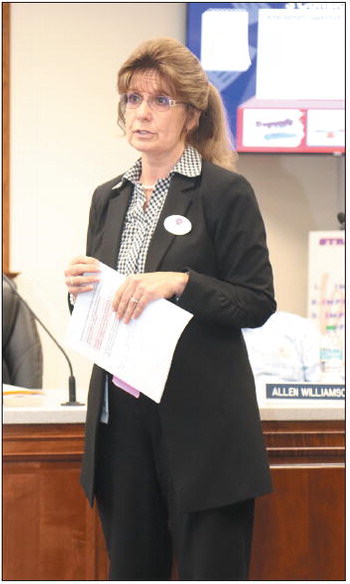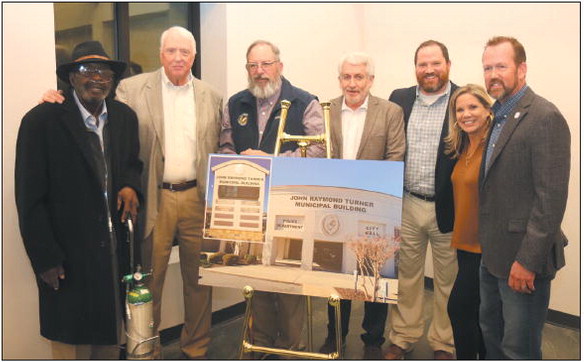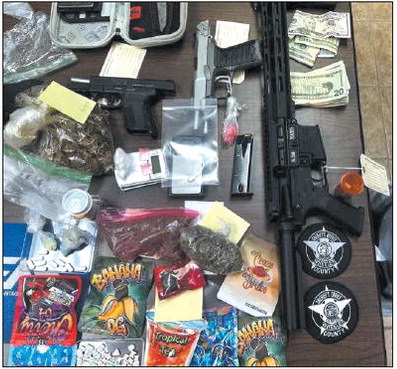Healthlines


September is . . .
Childhood cancer figures and warning signs
Leukemia: 25 percent Wilms tumor: 6 percent Hodgkin disease: 6 percent yroid carcinoma: 6 percent Germ cell tumors: 6 percent Non-Hodgkin lymphoma: 5 percent Bone tumors: 5 percent Other: 5 percent Neuroblastoma: 4 percent Rhabdomyosarcoma: 2 percent Retinoblastoma: 2 percent Melanoma: 2 percent e ACS notes that childhood cancer is not common. However, children o:en get sick or have bumps or bruises that may mask early signs of cancer. As a result, parents should learn to recognize some potential warning signs of childhood cancer and bring them to the attention of their child's pediatrician should they appear.
Unusual lump or swelling Unexplained paleness and loss of energy Easy bruising or bleeding Ongoing pain in one area of the body Limping Unexplained fever or illness that does not go away
Frequent headaches, o:en accompanied
by vomiting
Sudden eye or vision changes Sudden unexplained weight loss
According to the ACS, many of these symptoms are likely caused by injury or in-
fection, not cancer. However, their presence
should be brought to the attention of a pediatrician who can work to determine their cause and develop a successful treatment regimen.
More information about childhood can cers is available at www.cancer.org and www.
curesearch.org.
CureSearch for Childhood Cancer, a nonprofit organization devoted to accelerating the search for cures for children's cancers, notes that the causes of childhood cancers are largely unknown. In addition, such cancers often cannot be prevented, and one out of eight children with cancer will not survive their disease.
Childhood cancer is a blanket term that refers to all cancers that affect children. Some cancers are more common than others, and the following are the percentage of childhood cancer diagnoses by type, according to recent data from the American Cancer Society and the National Cancer Institute.
Cancer of the brain and central nervous
system: 26 percent








